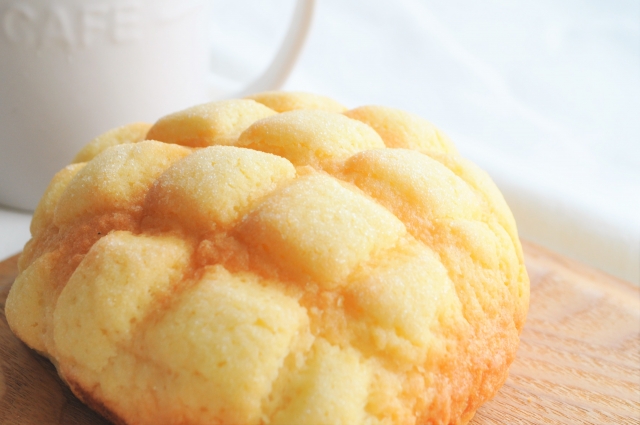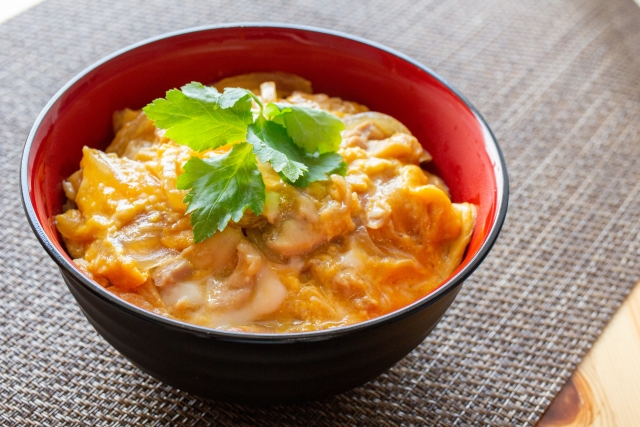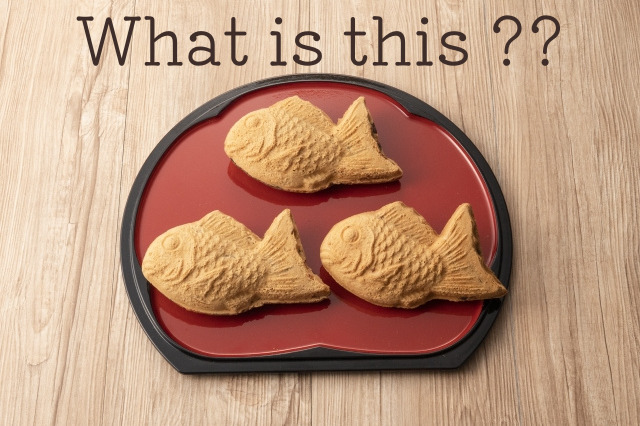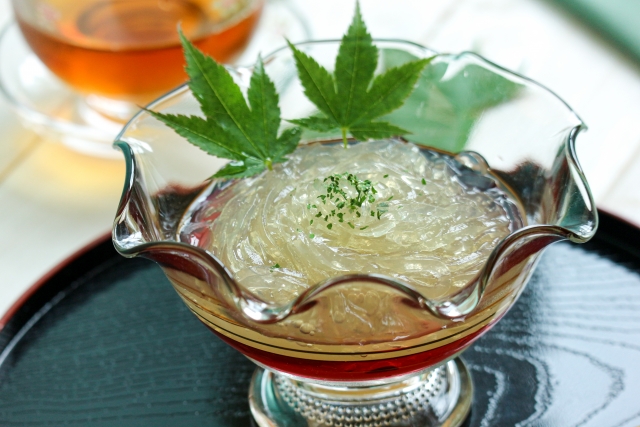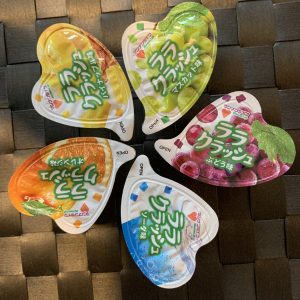
Summer in Japan is hot and humid, and it is not easy to spend. I think there is a considerable effect of the temperature rising year by year. By the way, I would like to introduce the dishes (noodles) that are often used on Japanese dining tables in the heat and lack of appetite.
List of cold noodles in Japan
○Soumen
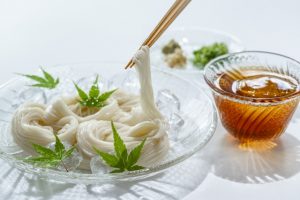
Somen is one of the noodles made from wheat flour. There are two types of manufacturing methods: dried noodles made by mechanical manufacturing and hand-rolled noodles made by hand. The JAS (Japanese Agricultural Standard) standard stipulates that somen has a diameter of less than 1.3 mm. “Somen” is a noodle made by kneading wheat flour with salt water to make dough, and then using your hands to spread it thinly while applying oil. The texture of somen is smooth and smooth. Soak in bonito or kelp soup stock and eat.
○Hiyamugi
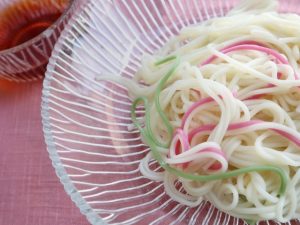
Hiyamugi is a type of noodle made from wheat flour. JAS (Japanese Agriculture and Forestry Standards) stipulates that the thickness of hiyamugi noodles should be 1.3 mm or more and less than 1.7 mm in diameter. You can see that Hiyamugi is a little thicker than Somen. "Hiyamugi" is a noodle that is made by spreading the dough thinly using a flat plate and a noodle stick and cutting it into small pieces with a knife. The texture of Hiyamugi is a little thick, so it feels like it's chewy. There is a theory that the "colored noodles" that you sometimes see were originally added to Hiyamugi to make it easier to distinguish between "somen" and "hiyamugi." Just like somen noodles, soak it in bonito or kelp soup stock and eat it.
○Zarusoba and Morisoba

A dish in which noodles made from buckwheat flour are boiled, cooled with running water, and then served in a colander-shaped container. The difference between "Zaru soba" and "Morisoba" is different depending on the store in modern times, but in general, "Morisoba" is a general term for "soba" that is served in a flat container and eaten with "tsuyu". On the other hand, "Morisoba" is often regarded as high-quality soba noodles served in a colander-shaped container.
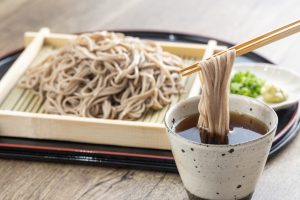
○Zaruudon and Moriudon
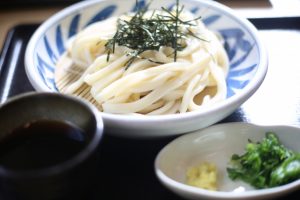
Boiled udon noodles are tightened with cold water and served in a bowl such as a colander, which is called colander udon. It is sometimes called "zaru udon", but like soba, it is sometimes distinguished as "zaru" or "mori" depending on the presence or absence of chopped seaweed. Udon noodles with seaweed on it. It's a udon noodle that doesn't have seaweed on it.
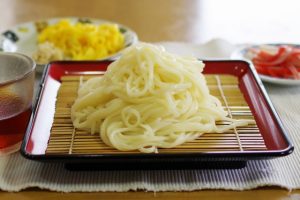
○Hiyashi cyuka

Hiyashi chuka is described in detail in another article.
It is a staple of cold noodles that you will definitely want to eat in the summer. There are sesame sauce and soy sauce sauce, so please eat as you like.
Whenever you eat cold noodles, put a strong fragrant food called [Yakumi] in the soup stock and eat it.
I would like to introduce Yakumi.
List of attached foods that go well with Japanese cold noodles
○Shiso and Myouga
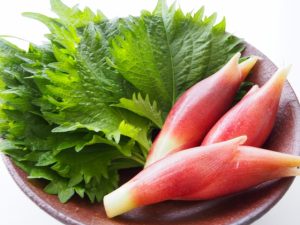
Shiso and Myuga are often added to soup stock when eating somen and hiyamugi. It's also delicious with ginger and green onions.
○tempura
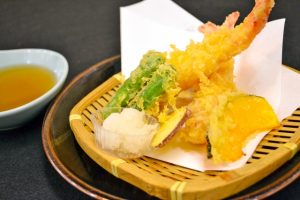
Tempura is often eaten with soba and udon.
Tenzaru and Tenpuraudonn are famous. Abbreviation for Tenzaru and tempura udon. It is often soaked in soup stock and eaten. Shrimp, eggplant and sweet potatoes are common for tempura.
○Aburaage
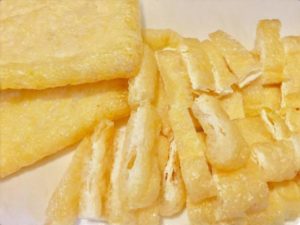
Most of the aburaage is eaten with soba and udon, and the aburaage that has been soaked in advance is put on the soba and udon and eaten. It is called Kitsune Soba or Kitsune Udon.
Besides, I add wasabi and grated radish and eat it.
Japanese cold noodles that everyone in the world can eat
There are many types of cold Japanese noodles, as well as many ways to eat them.
Dried noodles can be boiled immediately, so you can cook them in your kitchen right away. It's very delicious, so please try it once.
